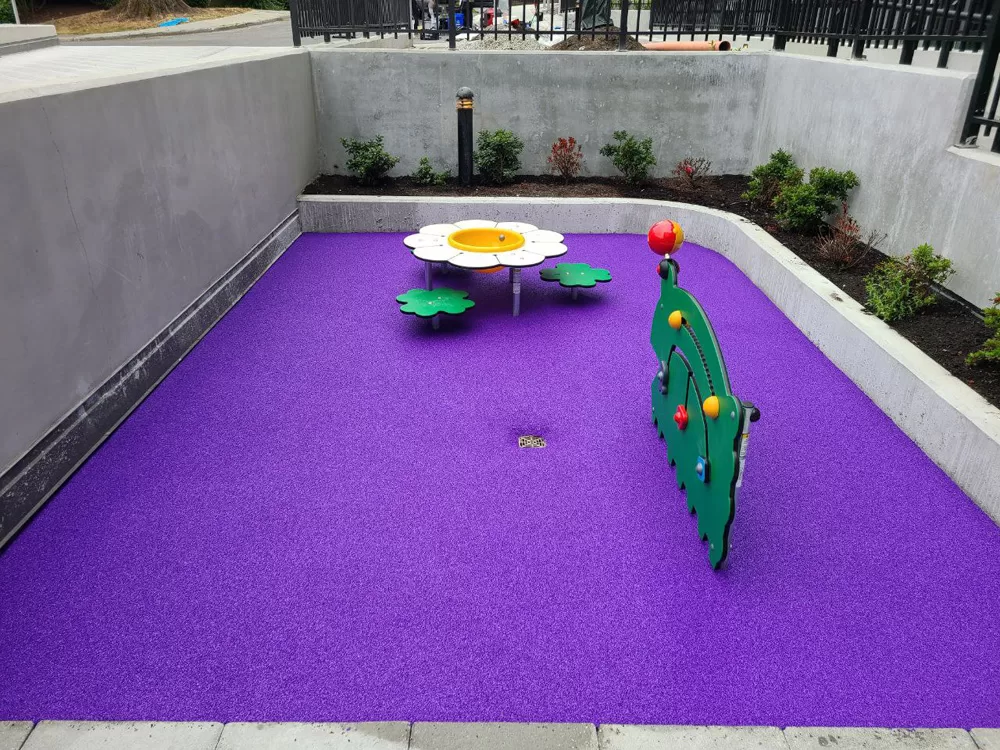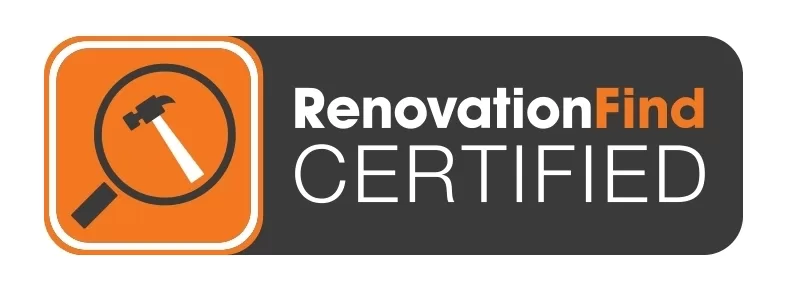At Vancouver Safety Surfacing, we believe rubber surfacing is a popular choice for daycare facilities due to its safety, durability, and versatility. It provides a cushioned and slip-resistant surface, reducing the risk of injuries during playtime. Here are some key considerations and information about rubber surfacing for daycares:
Types of Rubber Surfacing:
- Rubber Tiles:
- Interlocking rubber tiles are easy to install and provide a uniform surface.
- They come in various thicknesses to offer different levels of impact absorption.
- Rubber Mulch:
- Made from recycled rubber, rubber mulch provides a soft surface and is less likely to cause injury upon impact.
- It doesn’t decompose, making it a long-lasting option.
- Poured-in-Place Rubber:
- Liquid rubber is poured on-site, creating a seamless and customized surface.
- It allows for creative designs, patterns, and color choices.
Benefits:
- Safety:
- Rubber surfacing absorbs impact, reducing the risk of injuries from falls.
- It provides a slip-resistant surface, especially when wet.
- Durability:
- Rubber is resistant to weather, UV rays, and heavy foot traffic, making it a durable option for outdoor play areas.
- Low Maintenance:
- Rubber surfaces are relatively easy to clean and maintain.
- They are resistant to mold and mildew.
- Customization:
- Poured-in-place rubber allows for customization with different colors and designs.
- Logos, games, and educational elements can be incorporated.
Installation Considerations:
- Subbase Preparation:
- Proper subbase preparation is crucial for the longevity and performance of the rubber surface.
- Professional Installation:
- While interlocking tiles may be suitable for DIY installation, poured-in-place rubber generally requires professional installation.
- Drainage:
- Ensure proper drainage to prevent water accumulation, especially in outdoor areas.
Regulations and Standards:
- ADA Compliance:
- Ensure that the rubber surfacing complies with the Americans with Disabilities Act (ADA) to accommodate children with disabilities.
- ASTM Standards:
- The American Society for Testing and Materials (ASTM) has standards for playground surfaces (ASTM F1292) and accessibility (ASTM F1951).
- Local Codes:
- Be aware of any local regulations or codes related to playground safety.
Cost Considerations:
- Initial Costs:
- Poured-in-place rubber generally has higher upfront costs compared to rubber tiles or mulch.
- Long-Term Savings:
- While initial costs may be higher, the durability and low maintenance of rubber surfacing can result in long-term cost savings.
Before making a decision, it’s essential to assess the specific needs of the daycare, consider the available budget, and adhere to safety standards and regulations. Consulting with a professional in playground safety or a rubber surfacing specialist can provide valuable insights tailored to your specific situation.
Reach out to us today for a Free No Obligation Quote at 778 877 4229!







